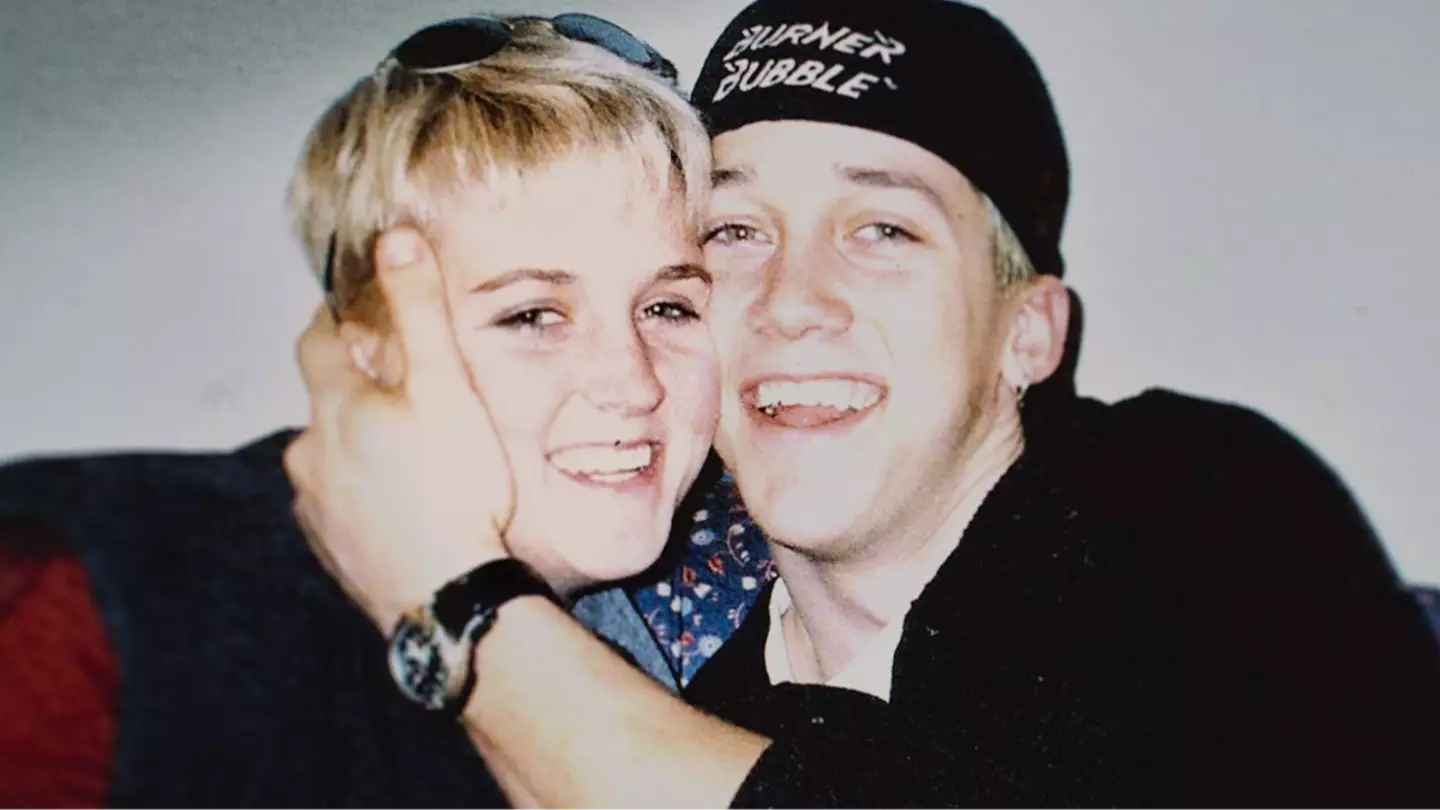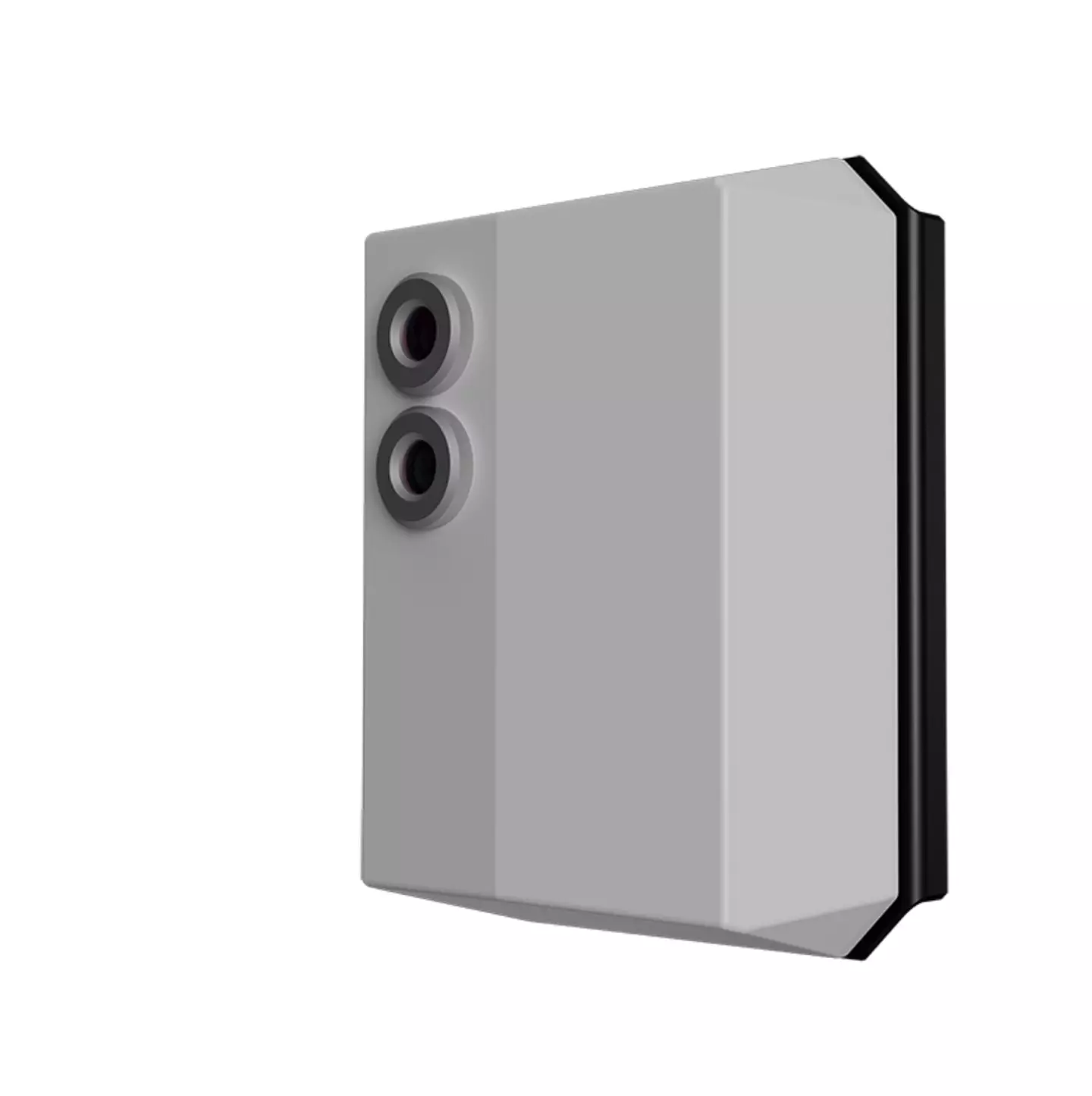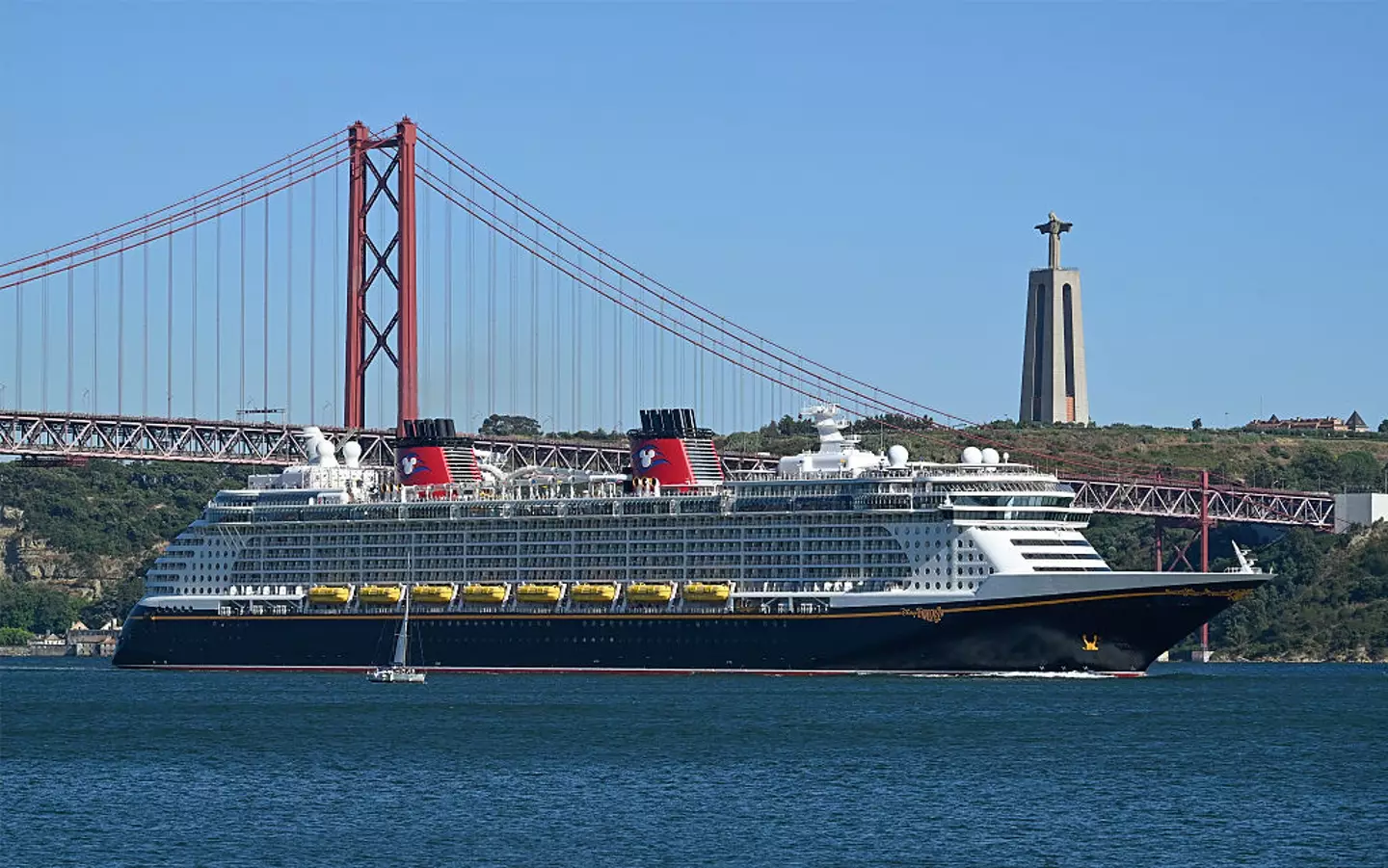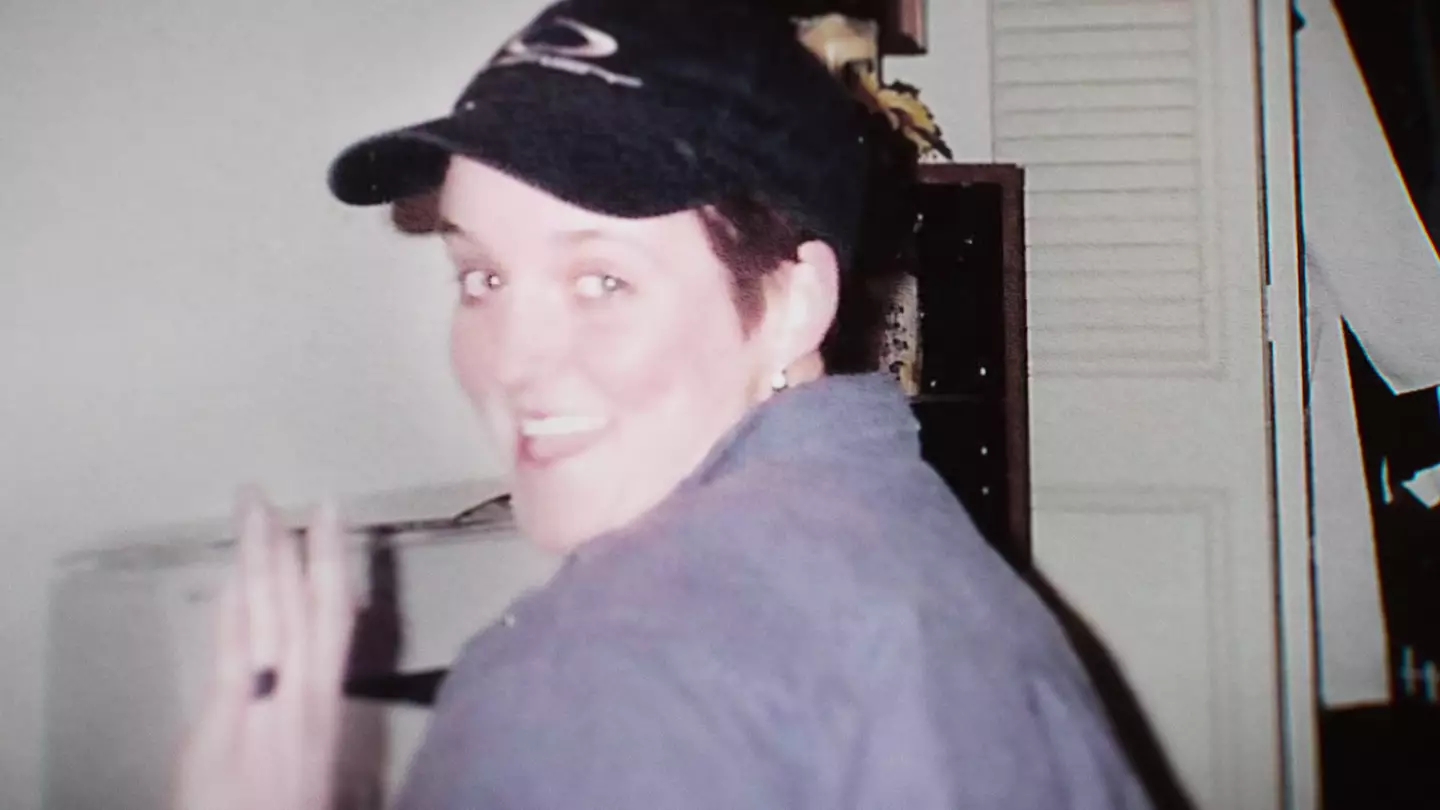Amy Bradley’s disappearance from a Royal Caribbean cruise 27 years ago has prompted ships to enhance their safety measures, although perhaps not as extensively as some might anticipate.
In 1998, 23-year-old Amy Bradley went missing near Curaçao on March 24 while on a vacation with her family aboard Royal Caribbean’s Rhapsody of the Seas. Accompanied by her parents, Iva and Ron, and her brother, Brad, the trip took an unexpected and tragic turn.
Netflix’s three-part series, Amy Bradley is Missing, delves into the various theories surrounding her mysterious disappearance.
According to Amy’s father, Ron, he last caught a glimpse of his daughter on their cabin’s balcony at around 5:30am. He recalls being awakened by a noise around 6am, only to find Amy missing from the spot where she had been.
The circumstances surrounding her disappearance, coupled with the absence of definitive answers, have fueled numerous theories over the years.

In the years following her disappearance, there have been several alleged sightings of Amy, leading some to speculate she may have been trafficked off the ship. However, despite these reports, Amy—who would now be 51—has never been found.
The documentary also explores another theory, dismissed by her family, suggesting she may have accidentally fallen or intentionally jumped overboard. Investigators noted that the balcony’s table was pushed against the ship’s rails, along with a pair of her sandals.
Questions arise: Could Amy have leaned over to vomit and accidentally fallen? Did she move the table to jump intentionally? Or were the items repositioned by staff after her disappearance? These are questions her family grapples with, without answers.
Experts in Curaçao claim that if Amy had fallen overboard, strong currents would have likely brought her body ashore, which never happened.
Her family steadfastly believes Amy is still alive and continues to hold onto hope.
The case continues to captivate audiences, despite the documentary’s release on July 16. People are still discussing the case, analyzing every detail.
On Reddit, one user speculated that Amy might have simply fallen overboard, expressing skepticism about witness sightings. “I am really skeptical when witnesses state they saw her, a lot of people look alike,” they noted. “It’s a shame, her family cannot get confirmation and have to live with questions.”
Another added, “Me too. I think she went overboard whether intentionally or unintentionally.”
A third remarked, “I mean this was always most likely. I wish cruise ships had railing alarms or something.”
In more recent years, automatic ‘man overboard’ alarms have been developed, but they are not universally implemented across all ships.

MOBtronic alarms, developed by MARSS, are installed on some ships, with four to 12 units placed across the vessel depending on its size. These devices use Doppler-enabled micro-radar to monitor for unexpected movements near the vessel’s edge.
When motion is detected, a thermal camera activates to identify body heat and shape, verifying if the object is a person. The system utilizes AI algorithms to analyze variables like fall direction and speed before triggering an alarm.
Once confirmed, the system alerts the ship’s bridge, providing video clips and navigation data, including the person’s last known position and estimated drift.
The system boasts a detection probability of over 95 percent and averages fewer than one false alarm per day.

Despite the technology’s availability, only a limited number of cruise liners have adopted these alarms. Disney Cruise Line is among the few, having equipped its fleet with man overboard detection systems.
In a recent incident, a five-year-old child fell overboard during a cruise from the Bahamas to Fort Lauderdale, Florida. Her father jumped in after her, and both were rescued, partly thanks to such detection systems.
MSC Cruises and Ambassador Cruise Line have also implemented similar technology, with the latter utilizing an AI system named ZOE on its ship Ambition.
MARSS’s MOBtronic is reportedly used on several ships, although specific names are often not disclosed publicly by cruise lines.
The Cruise Vessel Security and Safety Act of 2010 mandates ships in US waters to employ technology for detecting passengers going overboard, but only if reliable systems are in place. Initially, early cameras and sensors were prone to false alarms, reducing enforcement.
Recent advancements in detection technology and collaboration with the International Organization for Standardization have helped establish global standards for safety systems.
Despite these efforts, ISO certification remains a guideline rather than mandatory enforcement.
While falling off a cruise ship is extremely rare, with Cruise Lines International Association (CLIA) estimating the odds at about 0.00004 percent, it’s still a concern for the industry.
Between 2009 and 2019, the CLIA recorded 212 man overboard cases, with an average of 19 incidents per year. Of these, 48 individuals were successfully rescued, highlighting the challenges and potential risks involved.
These statistics may initially seem concerning, but considering the massive number of passengers on over 300 cruise ships worldwide, the odds of such incidents remain exceedingly low.

